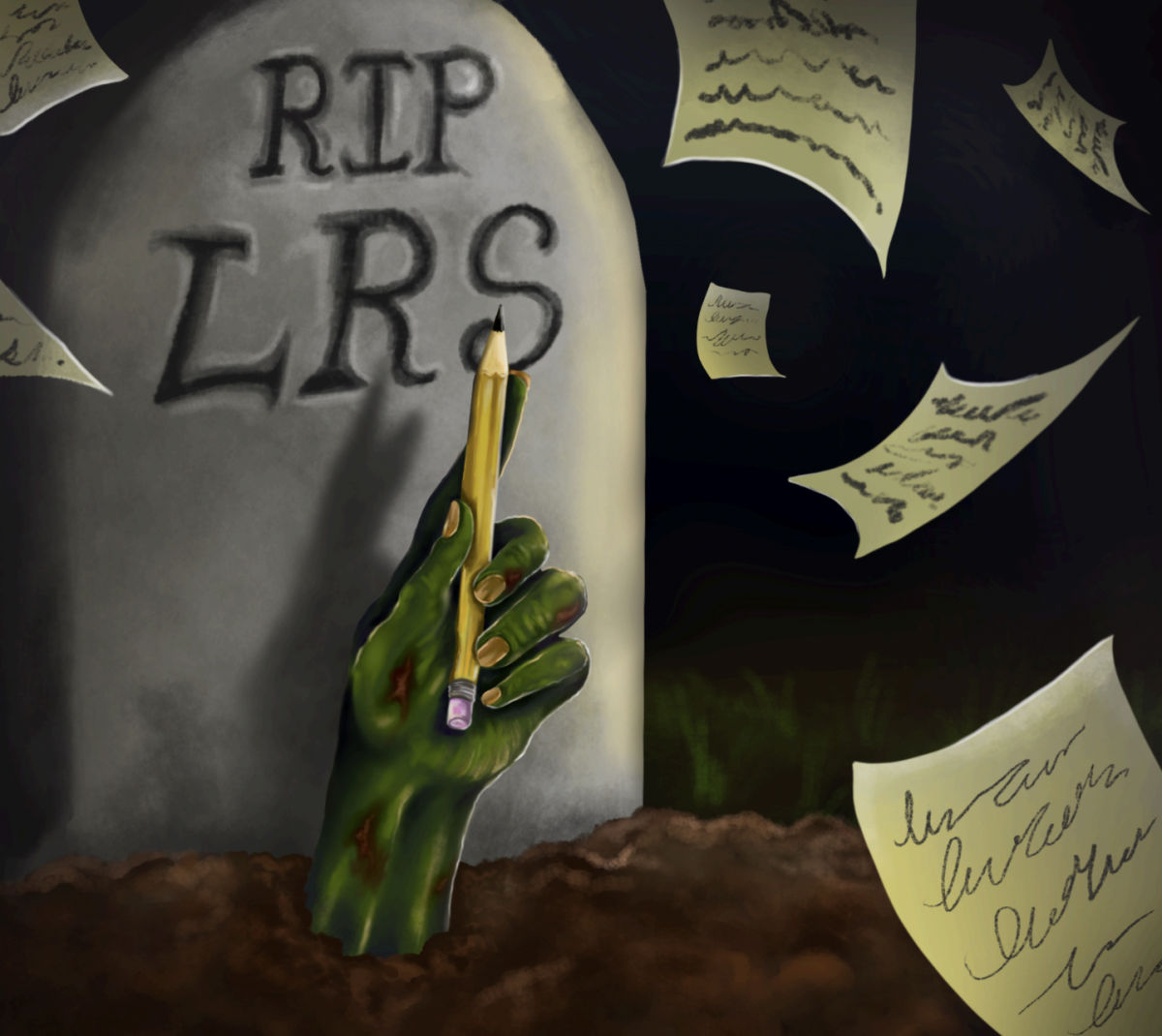“Mom, I had a hot dog and salad.” (Pause.) “No, Mummi, I had a haadaag and some sallaad,” clarified Paras Mehta in a thick Indian accent. The crowd laughed at the SAS-peak, and so did the South Asians in the audience.
We Indians are no strangers to making fun of ourselves. Ever since I was a little girl, my sister and I lovingly teased our mother for getting her Vs and Ws mixed up and imitated the side-to-side Indian head bobble around the dinner table. However, in many ways, to those not extensively educated in South Asian ways, these stereotypes are all that constitute Indian culture.
Then the SASA show came along.
This year’s show’s theme was “SASA 101,” an introductory level course for the UChicago population on the multifaceted nature of South Asian culture. This might not sound very different from the “SASA Night Live” or “All-Nighter” themes of years past. However, for the SASA team, it marked a significant departure from the usual message of the show.
“We wanted to try something new where we tried to educate people who came to our show about what it means to be a South Asian and show them that it’s more than the humorous stereotypes of spicy food, loud and flashy dances, and funny accents,” explained Show Team Board member and fourth-year Nur Kara. So this year’s SASA show went beyond the typical entertainment factor of jokes about “brown people” and tried to educate the attendants on more complex and lesser-known aspects of South Asian culture, such as mythology, feminism, history, and cultural family relations. Accompanying the typical songs and dances were skits such as the reading of an emotional poem detailing the sorrows resulting from the India-Pakistan divide.
I was thrilled that the 878 spectators would finally see Indian culture presented in a way that goes beyond its one-dimensional stereotypes. I myself, a member of SASA (although not involved in the planning of the show), came away with an increased knowledge of my own people as well as excitement that my friends now know that we are so much more than just bhangra routines and pressure to get straight As.
But perhaps I was more excited than they were. After the show, several of my friends expressed confusion about the skits that focused on less lighthearted matters and criticized that the show wasn’t all laughs and energetic dances. One of my friends said, “It’s just a show; they should stick to what people like to see.” But it’s not “just a show.” This show acts as an ambassador for India at UChicago.
Even though the “educational” skits weren’t as funny or catchy as traditional fare, they more accurately reflected the South Asian experience and led to a fuller understanding of cultures different from ours. This is an extremely important endeavor that deserves thought and appreciation as an innovative direction for the SASA show. Cultural understanding is as integral a part of the mission of multicultural shows on campus as entertainment.
Another one of my friends expressed confusion about the fact that there were so many fusion acts, like the PhiNix insert. “I don’t see what that has to do with being South Asian,” she said. However, these fusion acts, too, represent an important part of the Indian experience: that desis, as Indians call themselves, are increasingly integrating western entertainment and culture into their society (see Facebook, jeans and T-shirts, and the prevalence of English). To present “Indian Culture as Untainted by Western Influence” would be unrealistic and untrue.
While the SASA show has traditionally been an incredibly compelling and aesthetically amazing show, it’s on its way to becoming even more. As a South Asian, it’s incredibly refreshing to see the whole school uniting to celebrate my culture in a society where Anglo-American culture is so implicitly celebrated in our daily lives.
There’s a phenomenon called the “Indian Inferiority Complex,” born out of years of being crushed under monarchial rule. It refers to the feeling that some Indians have, especially those in India, that Western culture and institutions are the ideal and should be emulated. This mindset makes reveling in a study of and reflection on our singular history and rich cultural traditions all the more necessary. Times are changing, and many Indian parents now drill into their children that our country is something to be incredibly proud of. Shows like this, where hundreds of Indians and non-Indians alike get together to celebrate all aspects of Indian culture, not just the flashy and entertaining ones, have a crucial role to play in this progress.
Kiran Misra is a first-year in the College.








